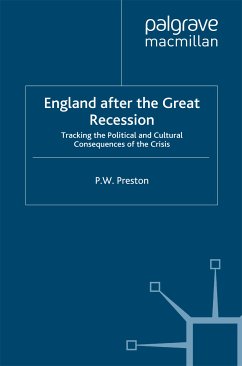This book ventures a critical gaze at the image of the European Union beyond the crisis. Keeping in mind that crises constitute organic parts of all systems, the volume attempts to apprehend the EU’s losses, gains, challenges, and opportunities deriving from the crisis and assesses what constitutes a viable and integrated exit from the current predicament. Moreover, through dealing with the EU as an everlasting process rather than a completed edifice, the collection aims at charting the conceptual weaknesses which resulted in a crisis so acute and long-lasting and at opening a discourse on the future and the required reconceptualization of the EU. The project is based on three large and interconnected thematic pillars that relate to the European Union after the crisis: - Facets of parliamentarism in the EU in the context of the crisis, - Political cohesion and institutional integration, - Perceptions, images, stereotypes, and their impact on the process of social and political integration of the EU.
"What is the future of the EU? Can it survive severe future economic crises? Can it bridge the divisions between the different parts of Europe? These important questions are at the core of this book, which aims to examine the way forward for the European Union in light of the 2008 economic crisis. While the book is not new-it was published in March 2016-the issues that it raises, and the answers it offers, are no less pertinent today, after two more years of worldwide instability, economic insecurity, ongoing large-scale displacement and migration, and general angst"-The European Legacy, Volume 23, 2018








